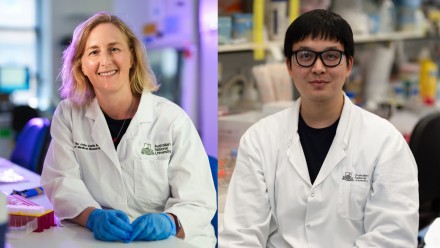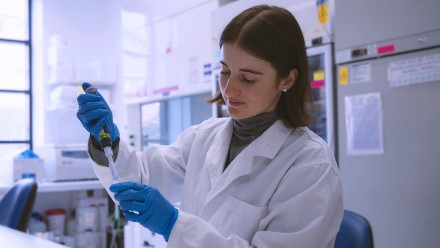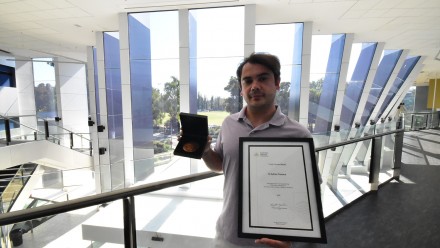Bioprinting for the automated fabrication of 3D cell culture models
Dr Cameron Ferris, Chief Operating Officer, Inventia Life Science
Culturing cells in 2D has been the bedrock of biomedical research for decades because it is simple and efficient. But there is a big problem - cells don’t grow in 2D in the body. It is now well established that 3D cell models better represent human tissues, more accurately replicating biological processes and drug responses. The age of 2D cell culture is over.
Implementing physiological 3D cell models can accelerate discovery generate high-impact research, but adopting 3D cell culture has not been easy. Inventia - a leading 3D bioprinting startup based in Sydney – has developed the Rastrum platform that makes complex 3D cell biology simple with the power of high-throughput digital 3D bioprinting.
Rastrum rapidly places individual cell types and matrix components drop-by-drop, layer-by-layer to build a 3D cell model. This is a chance to connect for a conversation about how this 3D bioprinting innovation could impact your research and to see the platform in action.
Dr Cameron Ferris is the Chief Operating Officer at Inventia. He completed his PhD under Professor Gordon Wallace at the University of Wollongong in the field of 3D bioprinting. He is passionate about research translation and the startup ecosystem, and worked in consulting and venture capital before life at Inventia.













